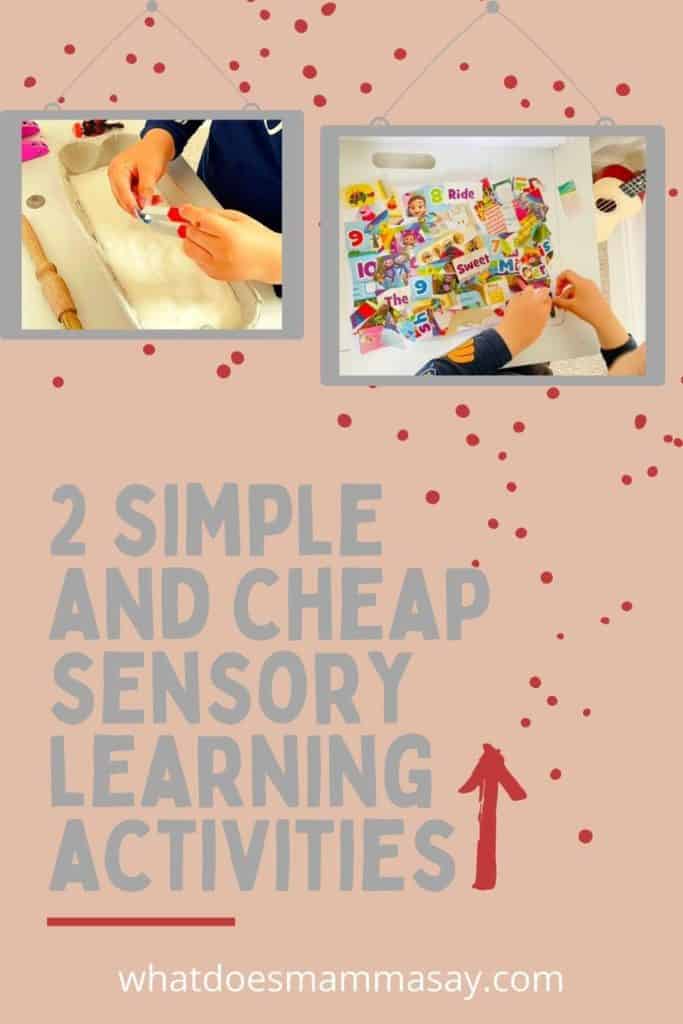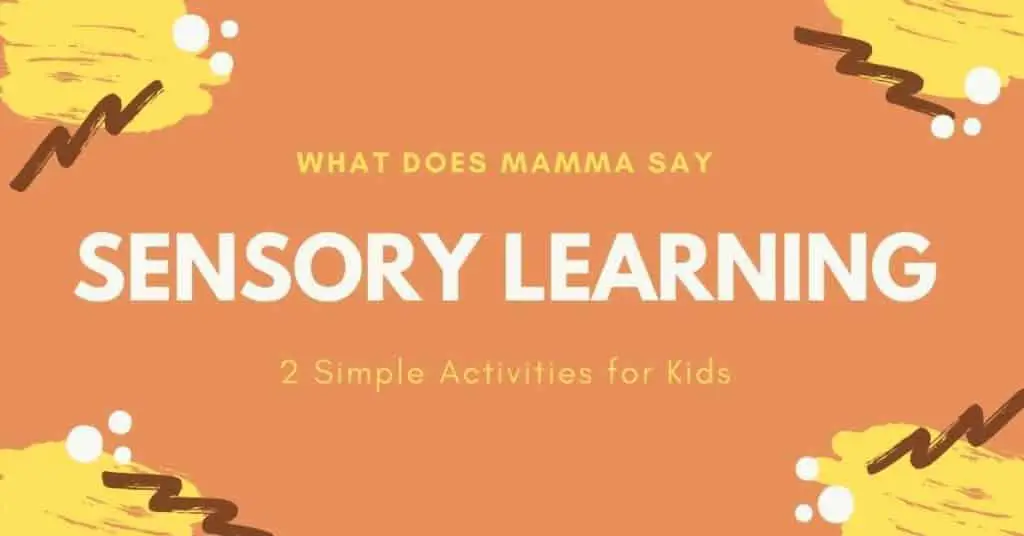Do you feel like you buy toys that your child doesn’t really enjoy? My son is three and I see this all the time: he happily plays with the new toy on the day he gets it. Then? Gets piled in a box somewhere, for days and weeks.
Does this happen in your home too? Don’t you feel frustrated when this happens? Toys are not cheap around here (London being my location), for one. Not to mention the horror of buying plastic toys because your little ones saw them in a shop and on TV over and over again until they started to believe they truly and really MUST have them!
Did you know that toys represent the most plastic-intensive industry in the world? Sad, really. Every year in the US alone people spend more than 300 billion dollars on toys, according to TheWorldCounts.com
Shocking, right?
Considering that 90% of toys are made out of plastic, it is really hard to choose other materials. And we all know that toys made out of wood are very expensive! So parents might feel trapped!
So what is the solution?
Open-ended toys and materials could be one.
And really sorting out the relevance of the toys we buy! Toys which offer room for imagination and growth are the best. And you know what? By looking at my son’s games, they are also the most engaging! He goes back to them again and again!
Let me talk to you about two sensory learning activities that require open-ended toys or materials you have around the house! If you believe that you can start buying less plastic and more open-ended toys, I can help with two simple ideas.
Sensory learning with a magnet
Buy a magnet! It is hugely engaging, allows free experimentation and the child can learn about science in a fun way. Have you ever tried playing with one? Even as an adult I still enjoy it, there is just something about them!
Buy a horseshoe magnet for ease of use and let your child explore. Magnets are super sensory learning tools that can help your child discover so many things!
First, they learn about the power of magnetism. Then, they learn about what objects are made of and how non-metal objects are not attracted by the magnet. And finally, they explore the possibility of attracting objects which are hidden because of the power of the magnetic field!
With one simple game! Great, don’t you think?
How to set up the magnet learning activity
a. Use a large container. Add any ingredients you may have around the house: flour, cous cous, sugar, rice, etc.
b. Browse around the house and gather small magnetic objects that are not dangerous.
c. Hide the objects in the sensory bin you created and let your child find the hidden objects using the magnet.
Children will love the surprise element of the game and the fun part of magnetic force! As a follow up, count the objects you collected.

Care to make sensory learning more engaging?
Write some numbers or letters on the bottom of the container before adding the ingredients. Once you fish for all the metal objects, use a pastry brush/larger painting brush to find the secret letters/numbers.
Sensory learning with paper
I am sure you have some magazines or newspapers lying around the house, stacked somewhere. Use them now, in a simple collage. I am a strong believer that children, even very young children, can be taught to recycle.
This activity starts from the premise that you engage your child in a recycling talk. ‘What should we do with your old magazines? Can we still use them? How? Where do magazines go when we throw them away?’ could be some of the questions to start the discussion.
Set up different bins/boxes for recycling and show your child what happens with the things we recycle.
Then talk about ways in which we can reuse those magazines. You can try arts and crafts, such as our simple fish mozaic, or try a hands-on learning activity, such as a shapes matching activity.
My idea for a collage is simple, practical and allows room for hands-on sensory learning.
On the one hand, it helps your little one practice fine motor skills by using the scissors and cutting bits and pieces of paper.
On the other hand, you can practice numbers and letters recognition or even practice spelling three and four-letter words.
How to set up the collage learning activity
a. First of all, gather lots of magazines around (children’s magazines are great because they contain lots of colourful and fun pictures).
b. Start cutting lots of small pieces of paper.
c. While your little one is having fun cutting away, focus on cutting piece of paper with shapes, letters, numbers, parts of the body, anything you may wish to practice with your children.
d. Then, on a white piece of paper glue all the bits of paper you cut out.
Given that this is a collage, your child has the freedom to randomly glue the pieces of paper, even bits on top of bits, as I’ve noticed my son enjoys to do!
e. Once you finish gluing, set the collage aside to dry.
What to do with the collage once finished?
When the collage dries off, you can play I spy or touch and name.
I attached the collage on a small magnetic board (magnets again, amazing how useful they are!) and took turns to spy pictures, numbers and letters. We are learning to read three and four-letter words at the moment so I mostly wanted to practice this with my son.
But like I said, try to focus on anything you wish to practice with your little one. Something as simple as colours and shapes recognition will become far more engaging with this sensory learning collage.
Try to play I spy with my little eye, run and touch the picture, use a fly squatter to find the words/pictures/numbers and much more.
Make sure you keep the pieces of paper you didn’t use. You might soon think of a brilliant new sensory learning activity to try. If you do, please write in the comments section below. We would love to add you in our next article!
Need more sensory learning activities?
For more sensory activities for kids, read this article on great tactile sensory play ideas.
Don’t forget! We share all of our ideas on our Facebook group Learning Activities for Kids!

Hi. I am Monica, an experienced ESL teacher and early years student, mother to a preschooler and passionate reader.


Love these easy ideas! I try to stay away from plastic as much as possible and gravitate more to wooden and eco-friendly toys. I had no idea it was that high of a percentage of toys made from plastic though! Thanks for sharing!!
Love these ideas! I’m always looking for things to keep the littles busy while working with the older ones!
Love these activities for kids! I can’t believe I haven’t made a collage yet with my little ones! That idea is definitely going on our summer bucket list! What fun!